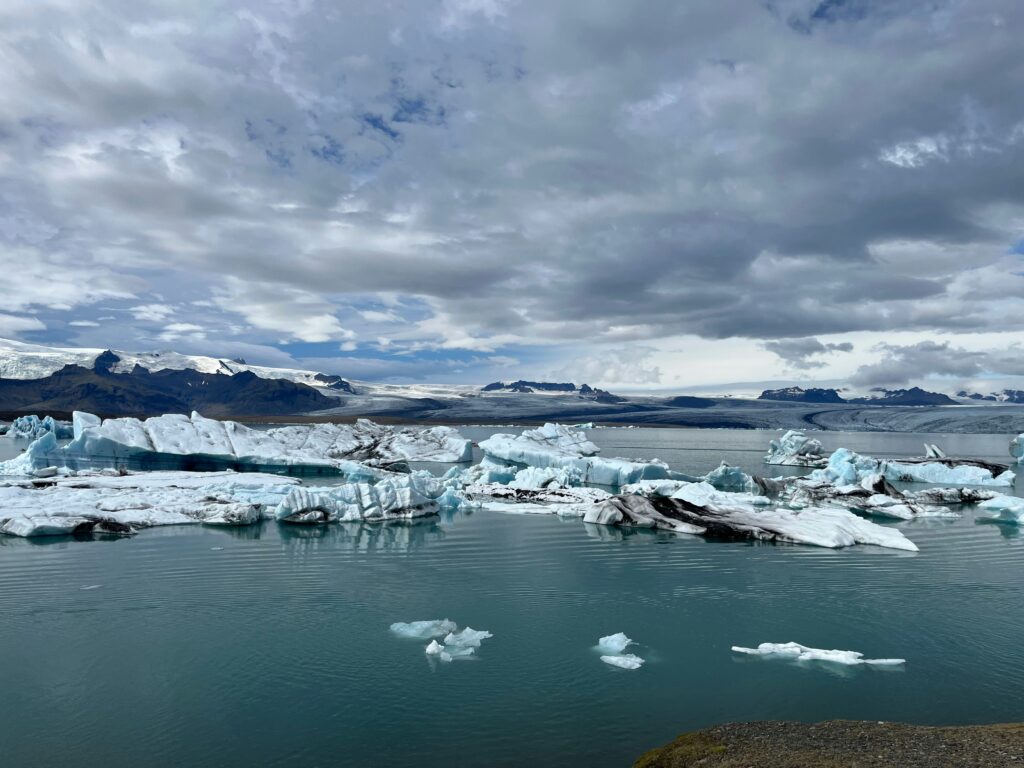Antarctica, the planet’s last great wilderness, is under increasing pressure from human presence. Visitor numbers have surged from fewer than 8,000 annually in the 1990s to more than 124,000 in 2023–24, with projections suggesting up to 450,000 by 2034. Researchers from Chile, Germany and the Netherlands studied 2,000 kilometres of the continent over four years and found that areas with human activity now show concentrations of toxic metals like nickel, copper and lead ten times higher than forty years ago. Tourism and research activities generate CO₂ emissions, disturb wildlife, damage fragile plants, and increase the risk of introducing invasive species. Even with IAATO guidelines, the sheer volume of visitors is accelerating environmental stress.
Snow Melting and Pollution
Black carbon from ship engines, aircraft and diesel generators is one of the most harmful effects of human activity, darkening snow and increasing heat absorption. A single tourist can accelerate the melting of roughly 100 tons of snow, while scientific expeditions have up to ten times more impact. Measures like banning heavy fuel oil, introducing hybrid ships, and enforcing wildlife rules are in place, but experts say these steps are insufficient. Only rapid adoption of renewable energy and reductions in fossil fuel use can truly limit the damage. Despite appearing pristine from cruise decks, Antarctica’s ecosystems are increasingly threatened beneath the surface, with pollution and human activity contributing to faster snow melt and long-term ecological harm.



